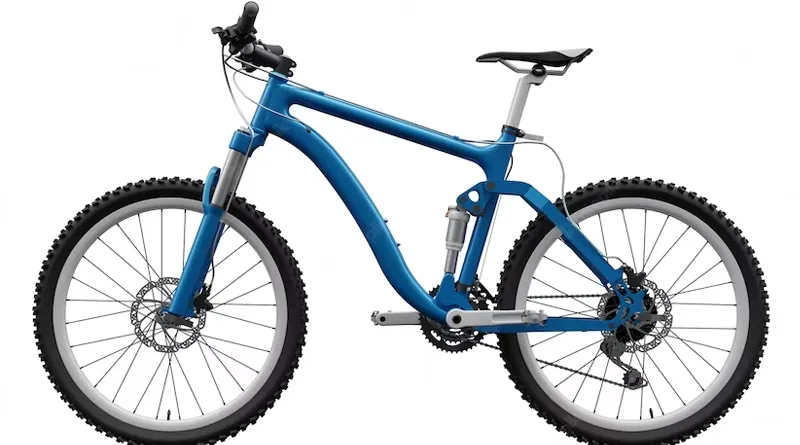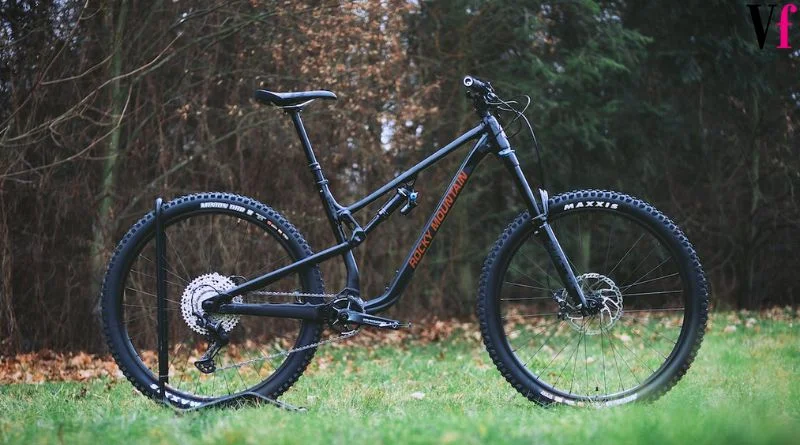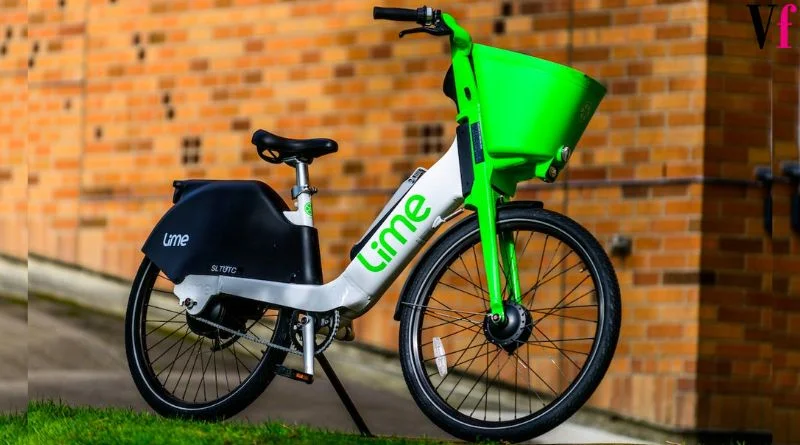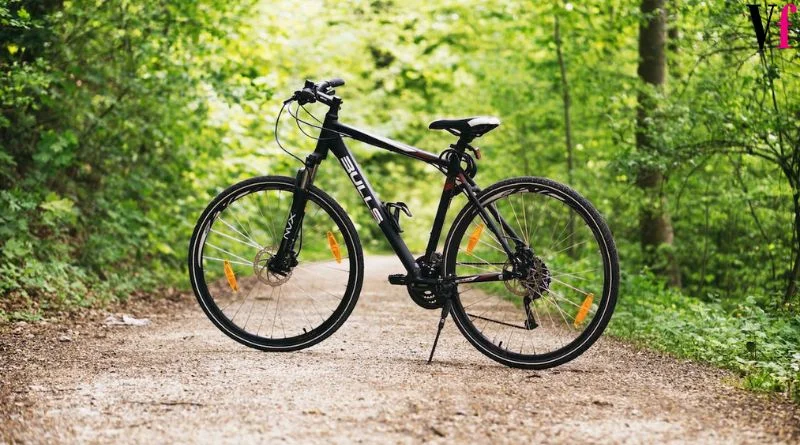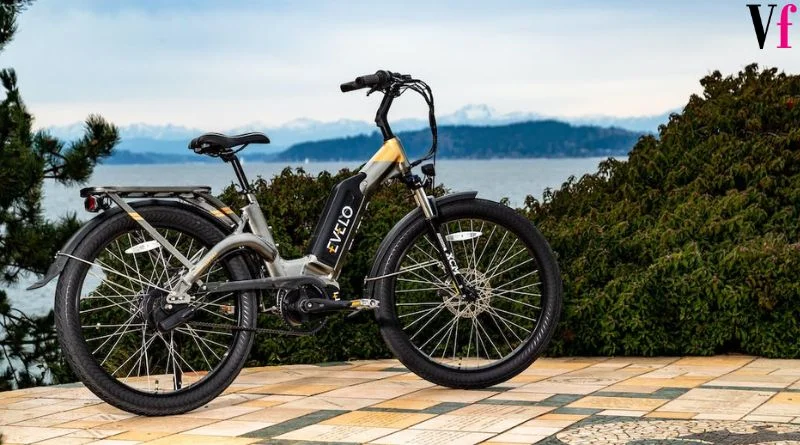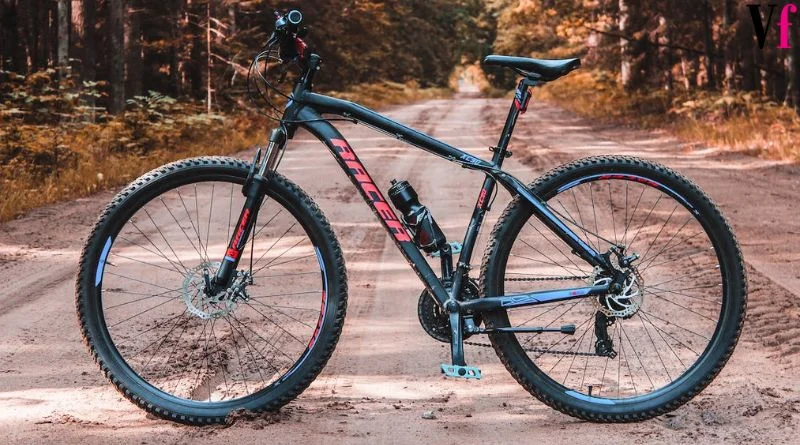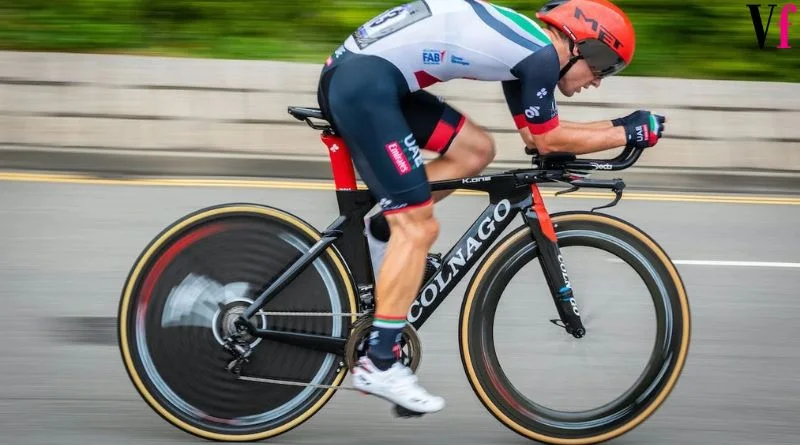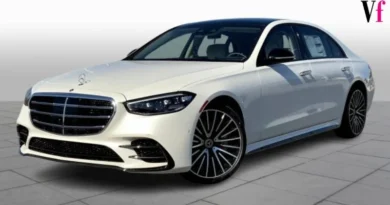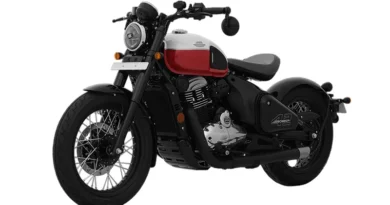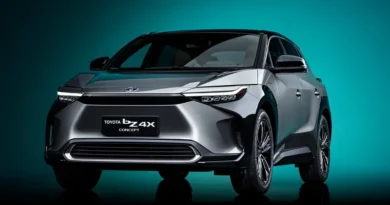Cycling Through Time: The Fascinating Evolution of Bicycles
Bicycles Through Time: A Journey of Innovation and Inventors
The history of the bicycle is a fascinating journey of innovation and development. While there were various precursors to the modern bicycle, the invention of the bicycle, as we know it today, is credited to several inventors and significant milestones:
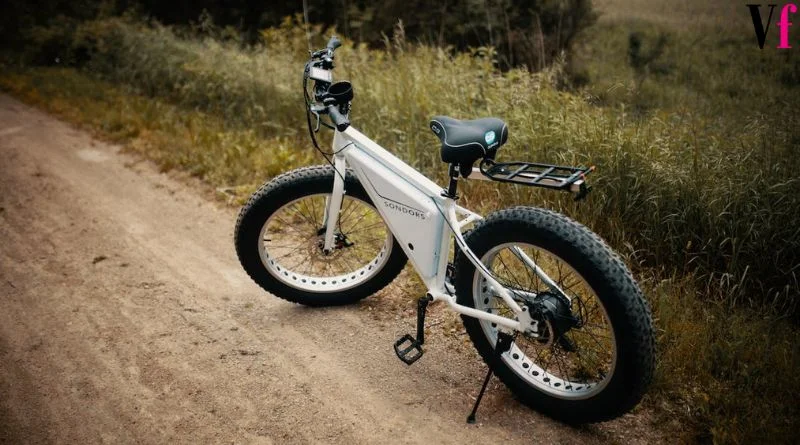
- Early Concepts (Late 18th Century – Early 19th Century):
- The earliest concepts of a two-wheeled, human-powered vehicle date back to the late 18th century. For instance, in 1790, a French engineer named Comte de Sivrac developed a two-wheeled contraption called a “Celerifere,” which had no pedals and was propelled by pushing one’s feet against the ground.
- Draisine or Hobby Horse (Early 19th Century):
- In 1817, Karl Drais, a German baron, invented the “Draisine” or “Hobby Horse.” It featured a wooden frame with two wheels and a handlebar for steering. Riders sat on a wooden saddle and pushed themselves along with their feet, similar to the modern scooter. The Draisine is considered a precursor to the bicycle.
- Pedal-Powered Bicycles (Mid-19th Century):

- The next major innovation came with the addition of pedals. During the 1860s, pedals were directly affixed to the front wheel.. In 1863, a French blacksmith named Pierre Michaux and his son Ernest Michaux added cranks and pedals to the front wheel, creating a pedal-powered bicycle. This design became known as the “Michaux Velocipede” or “boneshaker” due to its uncomfortable ride.
- Chain-Driven Bicycles (Late 19th Century):
- The most significant leap in bicycle development came with the introduction of the chain drive system. In 1879, the British engineer Harry John Lawson patented the concept of a chain-driven bicycle, where the pedals were connected to the rear wheel through a chain. This design greatly improved efficiency and comfort.
- Safety Bicycles (Late 19th Century):
- In the 1880s, the “safety bicycle” emerged, characterized by two wheels of equal size and a chain-driven rear wheel. This design was much safer and more comfortable than the earlier high-wheeled bicycles, known as “penny-farthing” bicycles.

- Pneumatic Tires (Late 19th Century):
- John Boyd Dunlop, a Scottish inventor, developed the first practical pneumatic (air-filled) tires for bicycles in 1887. Pneumatic tires greatly improved the ride comfort and traction of bicycles.
- Modern Bicycle (20th Century):
- The basic design of the modern bicycle was established in the early 20th century. Additional innovations, such as multiple gears, hand brakes, and lightweight materials, continued to improve bicycle performance and versatility.
The invention of the bicycle involved contributions from multiple inventors over several decades, culminating in the design we recognize today. It was a transformative invention that provided an affordable and efficient mode of personal transportation, contributing to changes in mobility and lifestyle around the world.
The 21st century has brought numerous innovations and advancements to the world of bicycles, making them more versatile, efficient, and environmentally friendly than ever before. Here are some of the special features and developments in 21st-century bicycles: 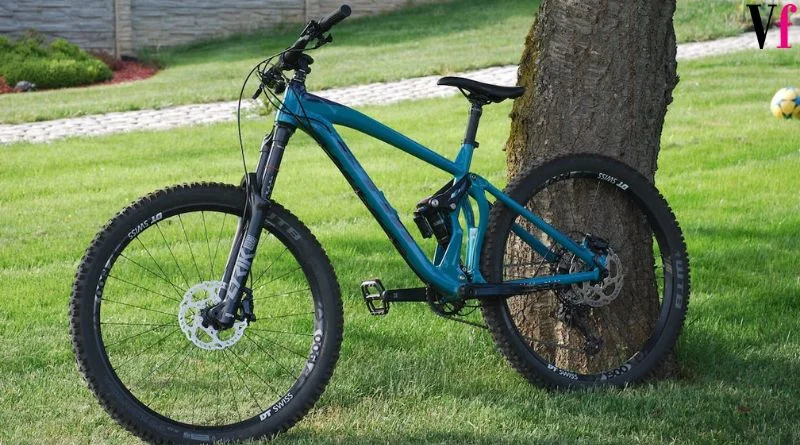
- Electric Bicycles (E-bikes): E-bikes have become increasingly popular in the 21st century. These bicycles come equipped with electric motors and batteries that offer pedal-assist functionality or fully electric propulsion. E-bikes make cycling more accessible to a broader range of riders and can help with longer commutes or hilly terrain.
- Smart Bicycles: The integration of technology into bicycles has led to the development of smart bicycles. These bikes often come with features like built-in GPS, smartphone connectivity, and sensors that monitor speed, distance, and even health metrics like heart rate and calories burned.
- Lightweight Materials: Advances in materials science have led to the use of lightweight materials like carbon fiber and titanium in bicycle construction. This results in lighter, more agile, and faster bicycles.
- Folding Bicycles: Folding bicycles have seen significant improvements in the 21st century. They are designed for urban commuting and easy storage. Many modern folding bikes are lightweight and compact without compromising performance.

- Urban and Commuter Bikes: Bicycle manufacturers have developed specialized urban and commuter bike models designed for city living. These bikes often come with features like integrated racks, fenders, and built-in lighting systems for convenience and safety.
- Improved Safety Features: 21st-century bicycles often include safety features such as LED lights, reflective materials, and advanced braking systems. Some bikes even have collision avoidance systems and automatic brake lights.
- Sustainable Materials: There is a growing emphasis on sustainability in bicycle production. Many manufacturers are using eco-friendly materials and environmentally responsible manufacturing processes.
- Customization: Customization options for bicycles have expanded, allowing riders to personalize their bikes with custom paint jobs, components, and accessories.
- Bike-Sharing and Rental Services: The 21st century has seen the rise of bike-sharing and rental services in cities worldwide. These services provide convenient access to bicycles for short trips and commuting.

- Cargo Bicycles: Cargo bicycles, also known as cargo bikes or e-cargo bikes, have become popular for transporting goods and even children. They are designed with large cargo areas in front or rear, making them ideal for urban logistics and family transportation.
- Long-Distance Touring Bikes: For adventure cyclists, modern touring bicycles are equipped with features like wider tire clearance, more durable frames, and integrated storage solutions for long-distance journeys.
- Sustainable Mobility: Bicycles are increasingly recognized as a sustainable and eco-friendly mode of transportation, leading to initiatives like bike lanes, bike-sharing programs, and infrastructure improvements in many cities.
The 21st century has witnessed a bicycle renaissance, with innovations that cater to various preferences and needs, from daily commuting to long-distance touring and recreational riding. These advancements continue to make bicycles a practical, efficient, and enjoyable mode of transportation and recreation in our modern world.

In the 21st century, the world of bicycles has experienced a renaissance like never before. What were once simple, manually-powered machines have evolved into high-tech, eco-friendly wonders of transportation and recreation. Let’s explore some of the remarkable innovations that have transformed bicycles in this century.
1. Electric Bicycles (E-bikes):
- E-bikes have made a significant impact on the cycling world, gaining widespread popularity and recognition.. With integrated electric motors and rechargeable batteries, these bikes offer pedal-assist or fully electric power, making long commutes and hilly terrain a breeze. The 21st-century cyclist can enjoy the thrill of pedaling with a little extra boost.
2. Smart Bicycles:
- Bicycles have gone smart! Equipped with built-in GPS, smartphone connectivity, and sensors that monitor everything from speed to heart rate, these bikes help riders stay connected and track their performance in real time. Its cycling meets the digital age.

3. Lightweight Marvels:
- Lightweight materials like carbon fiber and titanium have revolutionized bicycle design. The result? Bikes that are not only feather-light but also incredibly agile and speedy. Climbing hills and navigating city streets has never felt easier.
4. Folding Bicycles:
- The 21st-century commuter’s dream, folding bicycles are designed for urban living. These compact wonders are lightweight and easily foldable, making them a cinch to store in small apartments or carry on public transport.
5. Urban and Commuter Bikes:
- Manufacturers have tailored bikes specifically for urban living. Equipped with integrated racks, fenders, and lighting systems, these bicycles are designed with the city dweller in mind.

6. Enhanced Safety Features:
- Modern bicycles are safer than ever. LED lights, reflective materials, advanced braking systems, and even collision avoidance systems ensure that riders are not just fast but also safe on the road.
7. Sustainability Matters:
- The 21st-century cyclist cares about the environment. Bicycle manufacturers are responding with sustainable materials and eco-friendly manufacturing processes, allowing riders to enjoy guilt-free adventures.
8. The Joy of Customization:
- Customization options have expanded, allowing riders to personalize their bikes with unique paint jobs, components, and accessories. Your bicycle can now be a true reflection of your style and personality.

9. Bike-Sharing and Rental Services:
- In many cities, bike-sharing and rental services have become ubiquitous, making it easier than ever to hop on a bike for a quick, green commute or leisurely ride.
10. Cargo Carriers:
- Cargo bicycles have emerged as the ultimate family and logistics solution. With spacious cargo areas in front or rear, they effortlessly transport goods, groceries, and even children, all while reducing our carbon footprint.
11. Sustainable Mobility:
- Bicycles are no longer just a mode of transportation; they’re a symbol of sustainability. Cities worldwide are investing in bike lanes, bike-sharing programs, and infrastructure improvements, promoting cycling as an eco-friendly alternative.
The 21st century has ushered in a new era of cycling, where innovation meets sustainability and adventure knows no bounds. Whether you’re commuting to work, exploring scenic routes, or pedaling into the future, today’s bicycles are more than just wheels and gears; they’re a testament to human ingenuity and a commitment to a greener, healthier world. So, grab your helmet, hop on your high-tech bicycle, and pedal into the future the ride of a lifetime awaits!
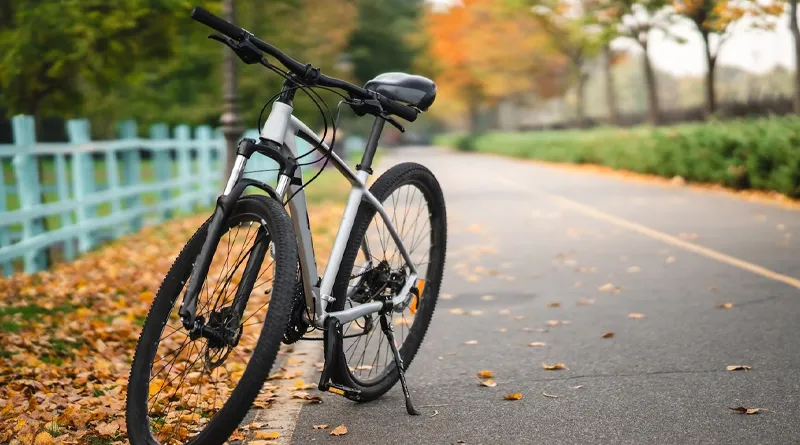
Here are some of the best bicycle brands in the USA, Europe, and India, along with a general price range for their products. Please note that prices can vary significantly based on the type of bicycle, model, and features, and they may have changed since my last knowledge update in September 2021.
United States (USA):
- Trek: Trek is one of the most renowned bicycle brands globally, offering a wide range of high-quality bicycles, from road bikes to mountain bikes and hybrids. Price Range: $400 – $12,000.
- Specialized: Specialized is known for its innovation and performance-oriented bicycles. They produce road bikes, mountain bikes, and e-bikes. Price Range: $500 – $13,000.
- Cannondale: Cannondale is famous for its innovative designs and lightweight frames. They offer road, mountain, and hybrid bikes. Price Range: $600 – $10,000.
- Giant: Giant is one of the world’s largest bicycle manufacturers, producing a wide range of bicycles known for their value and quality. Price Range: $400 – $10,000.

Europe:
- BMC (Switzerland): BMC is a Swiss brand known for its high-performance road and mountain bikes. They are often praised for their design and engineering. Price Range: €1,000 – €12,000 (Euro).
- Canyon (Germany): Canyon is a German brand recognized for its innovative direct-to-consumer model. They offer road, mountain, and e-bikes. Price Range: €800 – €12,000 (Euro).
- Pinarello (Italy): Pinarello is an Italian brand celebrated for its premium road bikes. They are known for their craftsmanship and competitive racing bikes. Price Range: €2,000 – €15,000 (Euro).
- Brompton (UK): Brompton is a British brand famous for its folding bicycles, ideal for urban commuting. Price Range: €1,000 – €2,500 (Euro).

India:
- Hero Cycles: Hero Cycles is one of India’s oldest and most recognized bicycle brands, offering a wide range of affordable bicycles. Price Range: ₹2,000 – ₹10,000 (Indian Rupees).
- Firefox Bikes: Firefox is known for its performance-oriented bicycles, including mountain bikes and hybrids. Price Range: ₹8,000 – ₹40,000 (Indian Rupees).
- Raleigh (TI Cycles): Raleigh, under TI Cycles, offers bicycles known for their quality and durability. Price Range: ₹5,000 – ₹15,000 (Indian Rupees).
- Montra (TI Cycles): Montra is a brand under TI Cycles that focuses on performance bicycles, including road and hybrid bikes. Price Range: ₹10,000 – ₹50,000 (Indian Rupees).
Please keep in mind that these price ranges are approximate, and actual prices may vary based on factors like bicycle type, specifications, and local market conditions. Additionally, new models and price changes may have occurred since my last update, so it’s advisable to visit official brand websites or local bicycle retailers for the most current information. 
From Its humble beginning as wooden hobby horses in the early 19th century to the sleek, high-tech marvels of the 21st century, bicycles have undertaken an extraordinary journey of evolution. These two-wheeled wonders have transcended mere modes of transportation; they have become symbols of freedom, health, sustainability, and adventure. They’ve carried us across continents, through bustling cities, and along scenic trails. They’ve enabled us to reduce our carbon footprint, embrace fitness, and rediscover the joy of exploration. Bicycles have connected communities, sparked innovations, and empowered individuals. As we pedal into the future, one thing remains certain: the bicycle’s legacy will continue to grow, weaving a tapestry of memories, accomplishments, and a shared commitment to a greener, healthier world. It’s a legacy built on the simple yet profound idea that the power to change the world can be found with the turn of a pedal.

